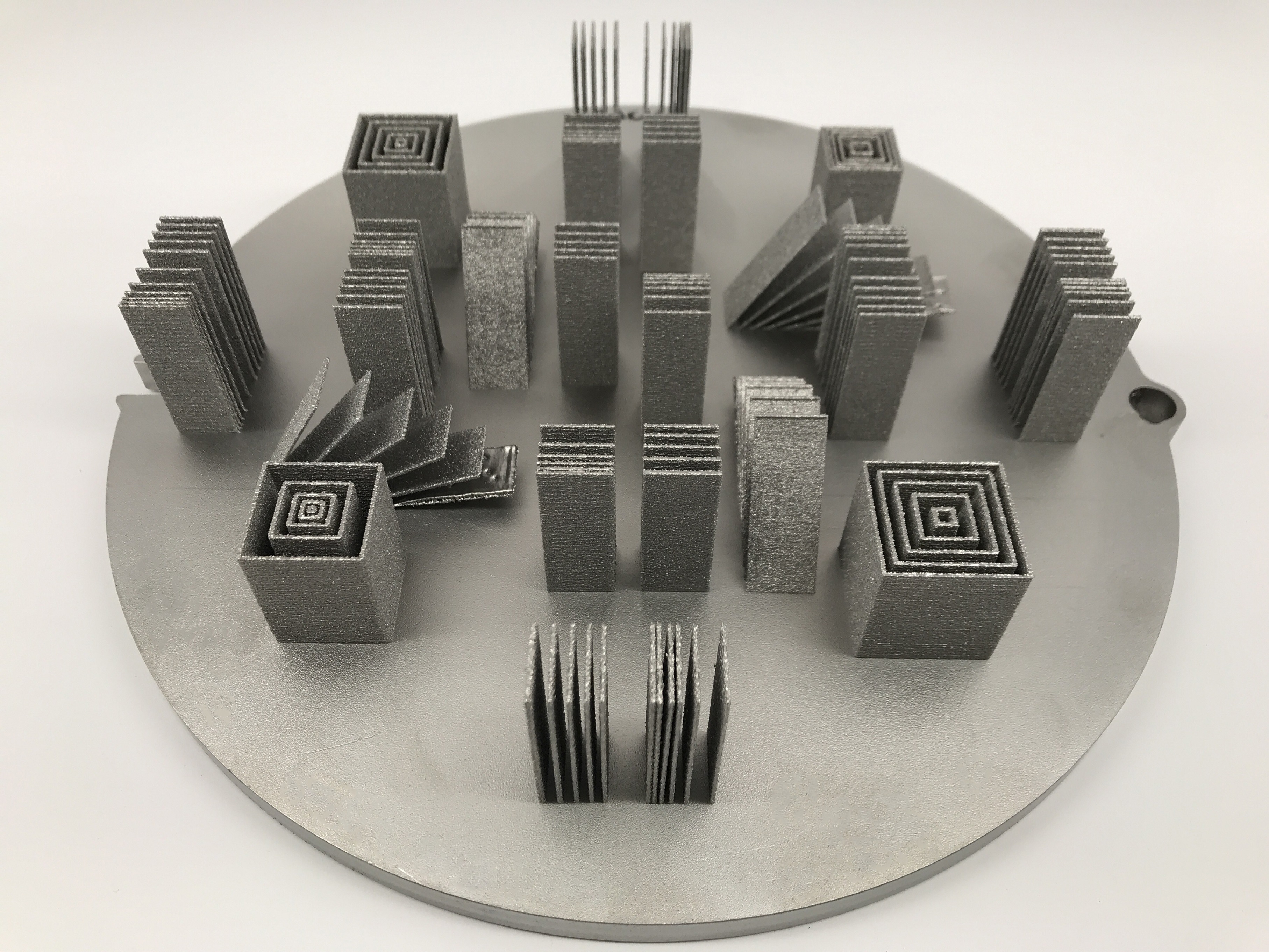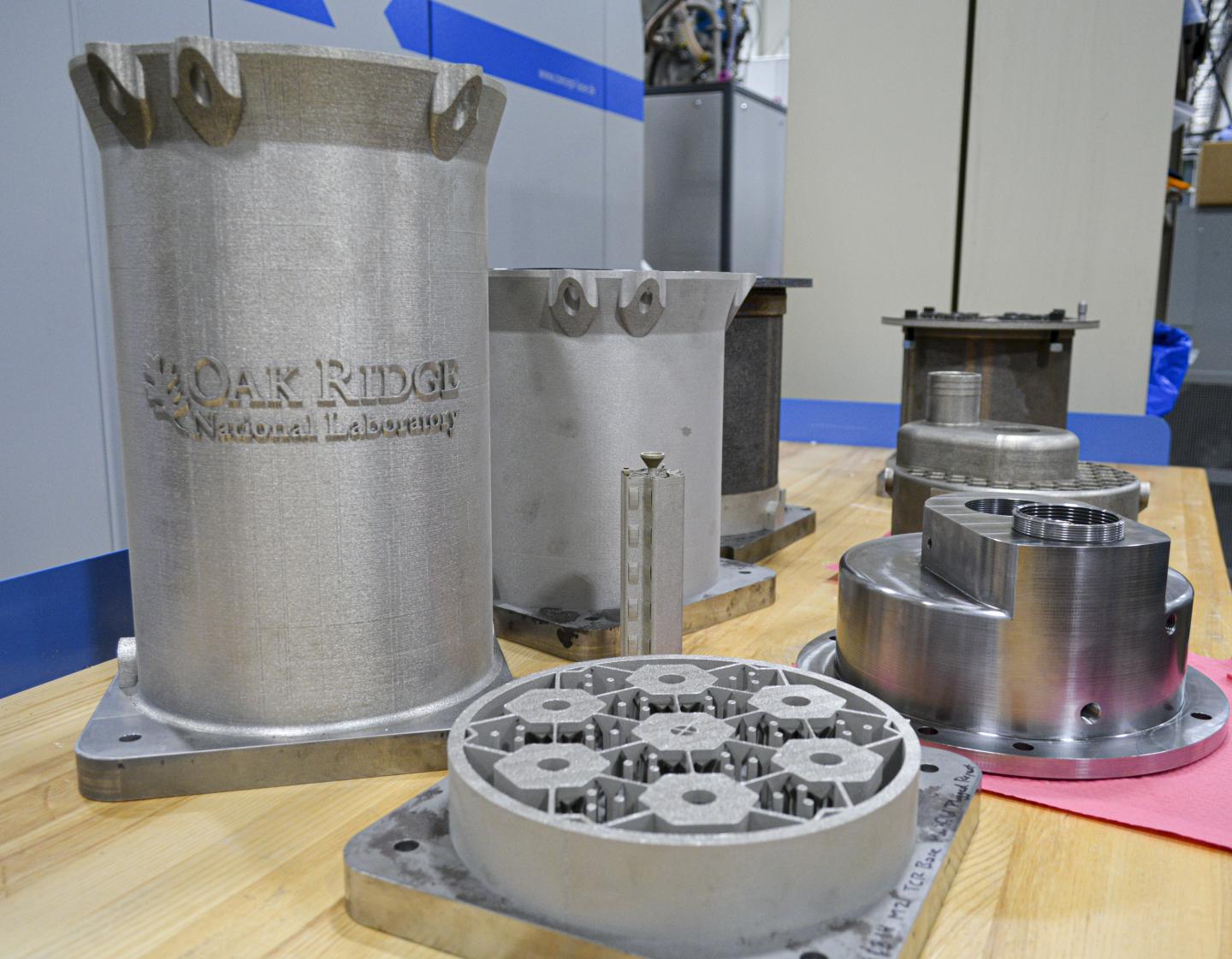Leading nuclear and fuel component supplier BWX Technologies (BWXT), together with Oak Ridge National Laboratory, has announced advancements in the development of a new additive manufacturing technology specifically for the production of reactor components.
The process now works with both high-temperature alloys and refractory metals, which are crucial for the safe operation of advanced nuclear reactors. By providing a method of 3D printing such components, the idea is that they can be rapidly deployed with all of the environmental and design benefits of additive manufacturing.
Ken Camplin, President of the Nuclear Services Group at BWXT, states: “We have a uniquely talented group of engineers and designers at BWXT. Their work will make it far easier for advanced reactor developers to move forward in dealing with a number of critical technical challenges inherent in many of these designs.”

3D printing nuclear components
BWXT believes 3D printing has the potential to be “transformational for the industry”, as it enables engineers to design components without worrying about the geometric constraints of conventional manufacturing. The partners have recently demonstrated the technology’s capability in 3D printing nickel-based super alloys and refractory metal-based alloys, while achieving component-level qualification of complex geometries.
The company originally validated the technology itself back in 2018, when it successfully took part in a U.S. Department of Energy advanced nuclear technology development cost-share program. Now, the verified materials and parts serve as a tangible marker of the technological advancements over the past two years, paving the way for components that deliver improved thermal properties, increased safety margins, and accident-tolerant qualities.
Optimized and affordable nuclear cores
According to BWXT, the use of refractory metal core components can help achieve core exit temperatures of 2700°F, or 1482°C, and overall plant efficiencies of an impressive 50%. The company has also stated that the recent material developments can indeed have an immediate impact on the country’s current active reactor fleet with accident-tolerant component redesigns.
There are also cost benefits to the new technology. By improving the power output and longevity of the individual parts, the system as a whole will require less in terms of maintenance and repair. The prototyping process should also be more cost-effective with design iterations being made on the fly without too great a commitment.
The details of how the technology can also reduce manufacturing risk were recently outlined in a proposal to the Department of Energy’s Advanced Reactor Demonstration Program (ARDP). In the words of the Department of Energy, the ARDP will reportedly “speed the demonstration of advanced reactors through cost-shared partnerships with U.S. industry. By rapidly developing these advanced reactors that hold so much promise, we can expand access to clean energy and take advantage of market opportunities before key infrastructure and supply chain capabilities are lost.”

As part of its Transformational Challenge Reactor (TCR) Demonstration Program, Oak Ridge also announced the development of 3D printed nuclear reactor core using DED technology earlier this year. The lab has already refined the microreactor design, and has established qualification methods to confirm the consistency and reliability of the 3D printed components.
Additionally, Purdue University recently received an $800,000 grant from the Department of Energy to take part as a key contributor in the TCR. Purdue’s engineers, specifically, will be involved in the development of a novel artificial intelligence model to ensure nuclear-grade quality of the microreactor’s critical components.
Subscribe to the 3D Printing Industry newsletter for the latest news in additive manufacturing. You can also stay connected by following us on Twitter and liking us on Facebook.
Looking for a career in additive manufacturing? Visit 3D Printing Jobs for a selection of roles in the industry.
Featured image shows reactor core component samples 3D printed by BWXT. Photo via BWXT.


